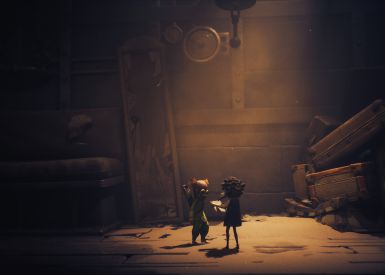In news that’s sure to turn anyone who was a teen back in 2012 slowly to dust, Counter-Strike: Global Offensive, more commonly known worldwide as CS: GO, has just turned 10 years old. Despite its age being considered extreme in the space of online multiplayer games, it still boasts a considerable number of players to this day, with the game drawing in one of the biggest player bases on any title on Steam, developer Valve’s own platform/storefront on PC. When you consider the fact that it has lasted for a decade now, despite its numerous controversies and many titles insisting to take its crown as one of the biggest FPS titles in the PC gaming space, it’s easy to look at CS: GO, to this day, as one of Valve’s best games under its small portfolio.
On this date ten years ago, Counter-Strike: Global Offensive was released. Ten years and countless updates, memories, and moments later, we’re excited to say CS:GO is just getting started. Thank you for playing alongside us.
— CS2 (@CounterStrike) August 21, 2022
Here’s to the next ten years; happy birthday, CS:GO!
First released in August 2012, CS: GO is the fourth game in the Counter-Strike series, developed in-house by Valve and Hidden Path Entertainment. It launched primarily on PC, with versions also available on macOS, Xbox 360, and PlayStation 3. However, the console versions are now long forgotten, and present-day CS: GO is only known as a title exclusively on PC. It first launched as a paid title that costs $14.99 across all platforms, before ultimately going free-to-play in 2018 to capitalize on what would soon become CS: GO ’s most well-known legacy to gaming: skins and skin trading.
To this day, Valve continues to profit from CS: GO, thanks to its lucrative skins market that’s become almost synonymous with the game itself. This has led to a lot of criticism for Valve, as the loot box mechanics for CS: GO are somewhat of a grandfather to what loot boxes are to gaming nowadays.
However, the game continues to be a dominant force, most notably in the ever-growing esports scene. CS: GO is one of the most popular and celebrated esports scenes in the world, boasting millions of viewers per year across many Valve-sponsored tournaments collectively known as Majors. The players and organizations themselves have become well-known figureheads in the esports industry.
Valve continues to support CS: GO to this day via small patches and larger content additions. Happy 10th CS: GO, and here’s hoping that you may survive for 10 more years and beyond.
















